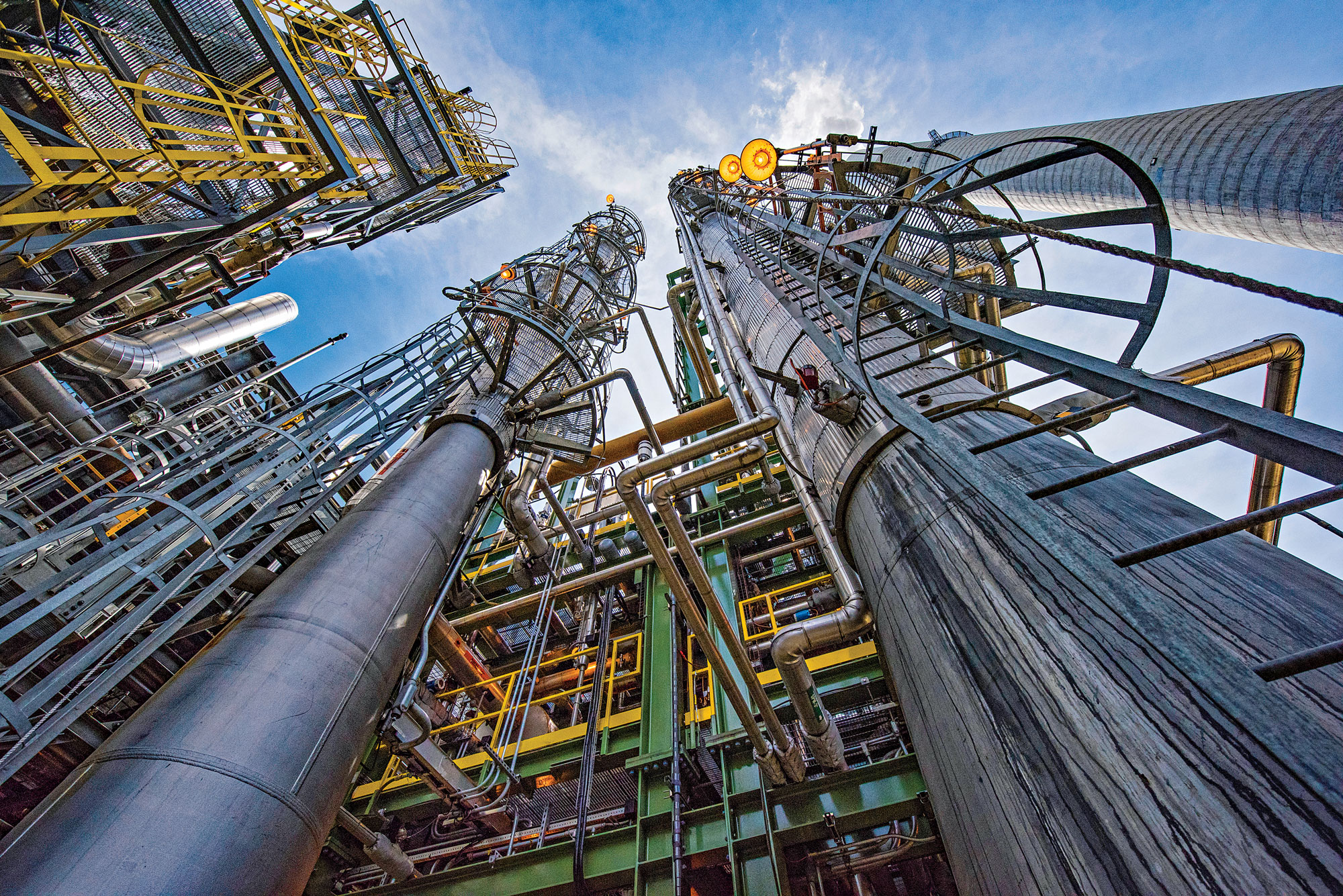
The Push Toward Low-Carbon Industry
Reducing global carbon emissions is more complex than switching to renewables or ramping up energy efficiency. Sectors like cement and steel remain hard to abate without targeted innovations. That’s where carbon capture and storage (CCS) and carbon capture, utilization and storage (CCUS) come into play.
Global energy use is expected to rise, and hydrocarbons will still supply a large portion of it. CCS allows industries to capture CO₂ emissions and store them permanently, keeping them out of the atmosphere. For countries and companies aiming for net zero, scaling CCS is non-negotiable.
Current projections estimate CCS and CCUS will need to handle 4 to 6 gigatons of CO₂ per year by 2050—about 15% to 20% of today’s energy-related emissions, according to McKinsey.

Collaboration-Based CCUS Project Structuring Through Hub Models
The price tag for CCS infrastructure can be steep. That’s why hub models—where several players share storage and pipeline infrastructure—are becoming the go-to strategy.
In Saudi Arabia, Aramco is building the Jubail CCUS Hub with a planned capacity of 9 million tons of CO₂ per year, the largest in the region.
Across the globe, Northern Lights in Norway is already operational, offering cross-border CO₂ transport and storage, and planning further expansion.
Meanwhile, Europe is mapping CO₂ pipeline networks across borders—Poland to Gdansk to the North Sea, France to the Baltic Sea—to reduce emissions regionally and grow economic value.
“The hub model plays a significant role in de-risking private sector investment due to shared infrastructure and bringing the costs down.” It also enables “CCS-as-a-service,” where emitters pay for what they capture rather than installing tech themselves.
Australia’s Moomba CCS Project, led by Santos Ltd, uses depleted reservoirs and existing pipelines to keep lifecycle costs under $30 per ton—among the lowest globally.
In the UK, public investment is surging through the CCS Infrastructure Fund, with £21.7 billion allocated to CCUS projects.
Unleashing Capital for CCUS Technology
CCUS has evolved, with mineralization, direct air capture (DAC), and carbon-to-product technologies opening new opportunities.
Climeworks, 44.01, MCi Carbon and LanzaTech are at the frontier.
Climeworks injects CO₂ into basalt for permanent storage. 44.01 accelerates natural mineralization using peridotite, eliminating the need for traditional storage caverns. MCi Carbon embeds captured CO₂ in building materials, supporting circular construction.
LanzaTech uses microbial fermentation to convert CO₂ into ethanol for use in fuels and packaging. These approaches combine sustainability with potential commercial viability.
Aramco has also made a significant move with its carbon-curing concrete technology, developed with KAIST. This method can store up to 20% of CO₂ within the concrete itself while also cutting curing time from 28 days to just 1.
If scaled, this method could store up to 246 million tons of CO₂ annually—the equivalent of removing 53 million cars from the road.

>> In Other News: A New OAE Model Intercomparison Project Has Launched
Policy Support Is Non-Negotiable
Policy is a key enabler. The EU’s Emissions Trading System uses a cap-and-trade model that’s raising carbon prices, nudging companies toward CCS.
Norway’s carbon tax is expected to hit NOK 2,000 (~$220) per ton by 2030, creating strong financial incentives. Public funds also back pilot projects and tech development.
In the U.S., the federal 45Q tax credit offers up to $85 per ton for CO₂ stored and $180 per ton for DAC. California’s Low Carbon Fuel Standard supports carbon credits from CCUS projects.
Meanwhile, the voluntary carbon market (VCM) is gaining traction. CCS developers can earn high-quality carbon credits, attracting corporate buyers focused on durable climate solutions.
According to research, a 1% increase in direct CCS subsidies could result in a 0.28% drop in emissions, even in major markets like China.
“By fostering collaboration and unlocking capital for CCS technologies, we can pave the way for a low-carbon future,” reads a World Economic Forum article that calls for robust accounting systems to track emissions reductions.
The Road Ahead
CCS and CCUS aren’t a silver bullet, but without them, hitting net zero is practically impossible. Hub models reduce cost and risk. New technologies open markets. And policy support turns theory into practice.
Private-public partnerships, innovative financing, and regional cooperation will define who leads the global decarbonization race. Done right, CCS will cut costs, lower emissions, and support cleaner industry for decades to come.
Subscribe to the newsletter
Daily decarbonization data and news delivered to your inbox
Follow the money flow of climate, technology, and energy investments to uncover new opportunities and jobs.
Latest issues
-
The Deal Structure Everyone's About to Copy
Inside This Issue 💼 The Deal Structure Everyone's About to Copy 📈 Exxonmobil Raises Its 2030 Plan – Transformation Delivering Higher Earnings, Stronger Cash Flow, and Greater Returns ⚡ Nextera Wor...
-
Inside XCF Global's $300M Bet to Double U.S. SAF Output
Inside This Issue ✈️ Inside XCF Global's $300M Bet to Double U.S. SAF Output ⚙️ Capsol Technologies Signs MoU with US Utility to Deploy CapsolGT® for Low-carbon Gas Power Generation 🏭 Babcock &...
-
64 Carbon Projects Were Stuck. Texas Just Unlocked Them
Inside This Issue 🛢️ 64 Carbon Projects Were Stuck. Texas Just Unlocked Them ⚙️ In Ohio, Hydrogen Industry Presses on Despite Federal Uncertainty 🧲 Agami Zero Breaks Through With Magnetic Hydrogen...
Company Announcements
-
LYON, France & IISALMI, Finland -- ATOBA Energy, a leading sustainable aviation fuel (SAF) aggregation platform, and Flying Forest, a pioneering renewable fuel developer, today announced the si...
-
Partners are investing in high-volume production of electrochemical cells to meet global demand from Steel, Refining, Petrochemical and Chemical sectors. HOUSTON, Dec. 11, 2025 /PRNewswire/ -- Uti...
-
Elemental Clean Fuels Powers Kamloops' Largest Green Hydrogen Initiative
KAMLOOPS, BC, Dec. 10, 2025 /CNW/ — Elemental Clean Fuels (ECF) is partnering with Sc.wén̓wen Economic Development and Kruger Kamloops Pulp L.P. to advance the Kamloops Clean Energy Centre (KCEC), ...
-
SYDNEY, NS, Dec. 10, 2025 /CNW/ — alterBiota, a Canadian cleantech company developing solutions to modernize and decarbonize concrete, announced that its flagship product, deltaC (∆C™), has officia...